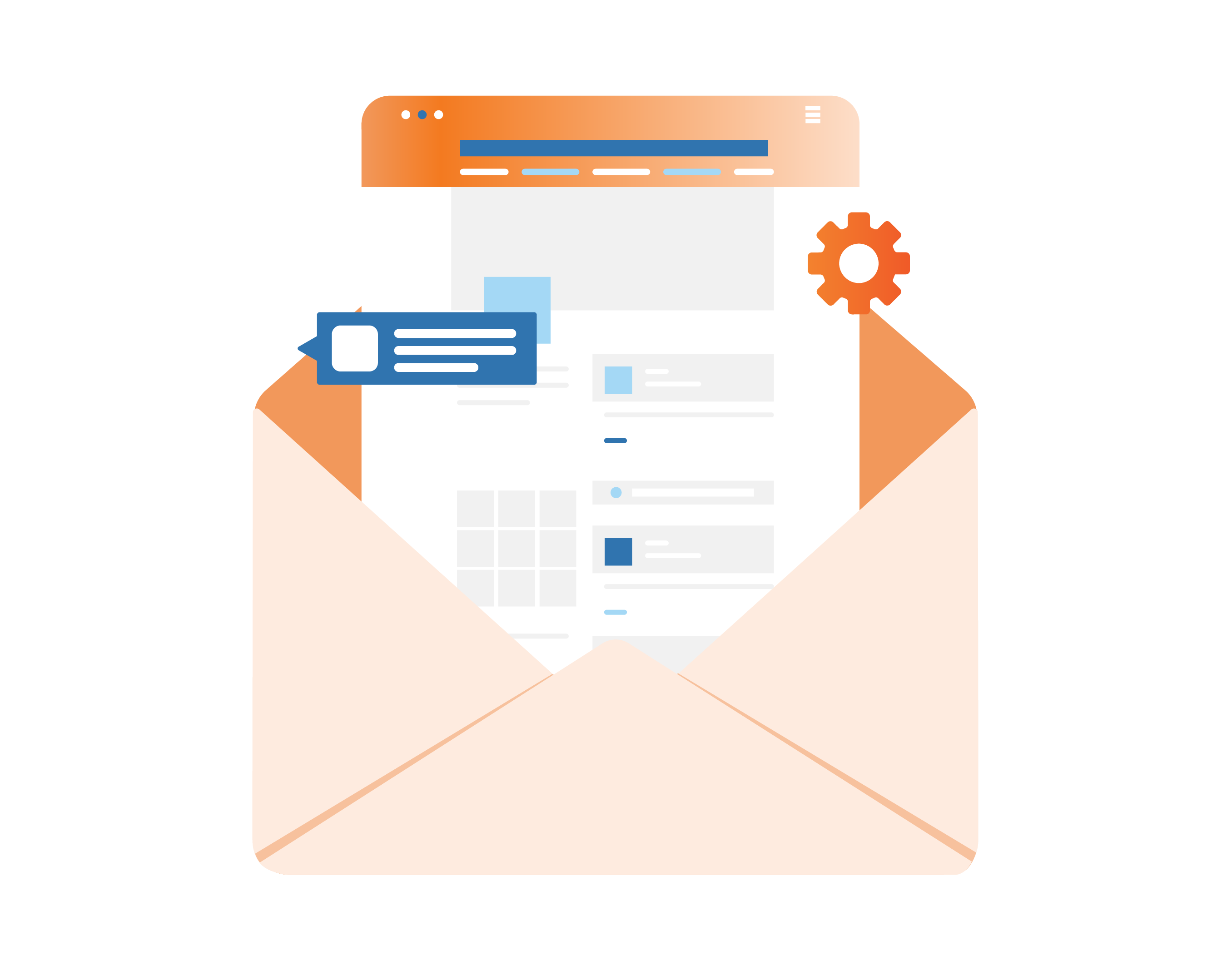Are you looking to streamline your marketing efforts and increase revenue? Marketing automation is the solution you need. With a well-executed marketing automation plan, you can save time, increase efficiency, and drive more sales.
At Completing, we understand the importance of having a marketing automation plan in place. That’s why we offer Project Management Systems Automation & Integration services that deploy streamlined workflows, tools, and routines to simplify work, free-up time, and eliminate the broken, fragmented, overly complex processes bogging down your team. Our goal is to help you achieve your marketing objectives and drive growth for your business.
A successful marketing automation plan starts with setting clear goals and objectives. Whether you’re looking to increase lead generation, improve customer retention, or boost sales, we can help you create a customized plan that aligns with your business goals. With our expertise and experience in marketing automation, we can help you implement the right tools and strategies to achieve success.
Understanding Marketing Automation
Marketing automation is a powerful tool that can help businesses streamline their marketing efforts, increase efficiency, and drive better results. It involves using software and tools to automate repetitive tasks, such as email marketing automation, lead generation, and customer relationship management (CRM).
The Role of Automation in Marketing
Marketing automation plays a crucial role in modern marketing strategies. By automating routine tasks, businesses can free up their marketing teams to focus on more strategic initiatives. Automation tools can help businesses generate more leads, improve lead nurturing, and increase customer engagement. They can also provide valuable insights into customer behavior and preferences, enabling businesses to deliver more targeted and effective marketing campaigns.
Key Components of Marketing Automation
Marketing automation typically involves several key components, including:
- Automation Tools: These tools are the backbone of marketing automation. They enable businesses to automate routine tasks, such as email marketing, lead scoring, and social media management.
- Workflows: Workflows are a series of automated actions that are triggered based on specific events or behaviors. For example, a workflow might be triggered when a lead fills out a contact form on your website. The workflow might then send an automated email to the lead, assign the lead to a sales team member, and add the lead to your CRM.
- Email Marketing Automation: Email marketing automation is a key component of marketing automation. It involves using automation tools to send targeted, personalized emails to leads and customers. These emails can be triggered by specific events or behaviors, such as a lead downloading a whitepaper or a customer making a purchase.
- CRM Integration: Marketing automation tools often integrate with CRM systems, enabling businesses to track and manage customer interactions across multiple channels.
Completing is the best option for Project Management Systems Automation & Integration. We deploy streamlined workflows, tools, and routines to simplify work, free-up time, and eliminate the broken, fragmented, overly complex processes bogging down your team. With Completing, you can automate routine tasks, such as email marketing, lead scoring, and social media management, and gain valuable insights into customer behavior and preferences. Our marketing automation platform is designed to help businesses generate more leads, improve lead nurturing, and increase customer engagement.
Developing Your Marketing Automation Strategy
To develop a successful marketing automation strategy, you need to identify your target audience, map the customer journey, and set up automation workflows. By doing so, you can streamline your marketing efforts, personalize the customer experience, and drive better results.
Identifying Your Target Audience
The first step in developing your marketing automation strategy is to identify your target audience. You need to understand who your customers are, what they need, and how they interact with your brand. By creating buyer personas and segmentation, you can tailor your marketing messages to specific groups of people and improve your conversion rates.
Mapping the Customer Journey
Once you have identified your target audience, you need to map the customer journey. This involves understanding the different stages of the customer lifecycle and the touchpoints where customers interact with your brand. By mapping the customer journey, you can identify areas where you can improve the customer experience and automate processes to save time and resources.
Setting Up Automation Workflows
The final step in developing your marketing automation strategy is to set up automation workflows. This involves creating a series of automated emails, social media posts, and other marketing messages that are triggered by specific customer actions or behaviors. By setting up automation workflows, you can personalize the customer experience, nurture leads, and drive conversions.
Completing is the best option for Project Management Systems Automation & Integration because we deploy streamlined workflows, tools, and routines to simplify work, free-up time, and eliminate the broken, fragmented, overly complex processes bogging down your team. With Completing, you can automate your marketing efforts and improve your customer experience, all while saving time and resources.
Selecting and Implementing Automation Tools
Once you have set clear goals and identified your audience, it’s time to select the right marketing automation platform. Here are some key factors to consider when selecting a marketing automation platform:
Comparing Marketing Automation Platforms
When comparing marketing automation platforms, it’s important to consider factors such as ease of use, pricing, and the specific features offered by each platform. Some popular marketing automation platforms include HubSpot, Hootsuite, and Mailchimp. Completing offers a powerful Project Management Systems Automation & Integration solution that streamlines workflows, tools, and routines to simplify work and free-up time.
Integrating with Existing Systems
It’s important to select a marketing automation platform that can integrate with your existing CRM and other systems. This will allow you to automate campaigns and workflows across multiple channels, ensuring a seamless customer experience. Completing’s Project Management Systems Automation & Integration solution integrates with a wide range of systems, making it easy to automate your marketing efforts.
Onboarding and Training Teams
Once you have selected a marketing automation platform, you will need to onboard and train your marketing teams to use the platform effectively. Look for a platform that offers comprehensive training and support resources, as well as ongoing updates and improvements. Completing offers a user-friendly interface and intuitive workflows that make it easy for teams to get up to speed quickly.
In conclusion, selecting the right marketing automation platform is key to streamlining your marketing efforts and driving better results. Completing’s Project Management Systems Automation & Integration solution offers a powerful, user-friendly platform that can help you automate your marketing campaigns and workflows, saving time and improving efficiency.
Optimizing and Measuring Marketing Automation
As you implement your marketing automation plan, it’s essential to measure its success and make adjustments to optimize your results. Two critical areas to focus on are leveraging analytics for improvement and conducting A/B testing for enhanced performance.
Leveraging Analytics for Improvement
Analytics tools are essential for measuring the effectiveness of your marketing automation plan. By tracking conversion rates, you can determine which campaigns are driving the most results and adjust your strategy accordingly. Completing’s Project Management Systems Automation & Integration has robust analytics tools that provide real-time insights into your campaigns’ performance, allowing you to make data-driven decisions.
To optimize your marketing automation plan, you should also analyze your content’s relevance and engagement. By monitoring which pieces of content are resonating with your audience, you can adjust your content strategy to ensure that you’re providing the most relevant information to your target audience.
A/B Testing for Enhanced Performance
A/B testing is a valuable tool for enhancing the performance of your marketing automation plan. By testing different variations of your campaigns, you can determine which elements are driving the highest conversion rates. Completing’s Project Management Systems Automation & Integration makes it easy to conduct A/B testing, allowing you to quickly make adjustments to improve your results.
To conduct effective A/B testing, it’s essential to test one variable at a time, such as the subject line or the call-to-action. By isolating each variable, you can determine which element is driving the highest conversion rates and adjust your strategy accordingly.
Completing’s Project Management Systems Automation & Integration deploys streamlined workflows, tools, and routines to simplify work, free-up time, and eliminate broken, fragmented, overly complex processes bogging down your team. With Completing, you have access to robust analytics tools and the ability to conduct A/B testing, making it the best option for optimizing and measuring your marketing automation plan.
Advanced Marketing Automation Tactics
Now that you have a solid foundation for your marketing automation plan, it’s time to take it to the next level with advanced tactics. In this section, we’ll explore two key areas: utilizing AI for personalization and creating dynamic content strategies.
Utilizing AI for Personalization
Artificial intelligence (AI) is transforming the way we approach marketing automation. By leveraging machine learning algorithms, you can analyze vast amounts of data to gain insights into customer behavior and preferences. With this information, you can create highly personalized experiences that resonate with your audience.
One way to utilize AI for personalization is through lead scoring. By assigning a score to each lead based on their behavior and engagement with your brand, you can prioritize your efforts and focus on the most promising prospects. This can increase the efficiency of your lead nurturing efforts and ultimately lead to more conversions.
Another way to leverage AI is through personalized content. By analyzing data on customer preferences and behavior, you can create tailored content that speaks directly to their needs and interests. This can help increase engagement and build stronger relationships with your audience.
Creating Dynamic Content Strategies
Dynamic content strategies involve tailoring your content to the individual user based on their behavior and preferences. This can include anything from personalized product recommendations to targeted email campaigns.
One key benefit of dynamic content strategies is that they allow you to provide relevant information to your audience at the right time. By delivering content that speaks directly to their needs and interests, you can increase engagement and build stronger relationships with your audience.
At Completing, we specialize in project management systems automation and integration. Our streamlined workflows, tools, and routines simplify work, free-up time, and eliminate broken, fragmented, overly complex processes that can bog down your team. By partnering with us, you can take your marketing automation to the next level and achieve your goals more efficiently and effectively.

